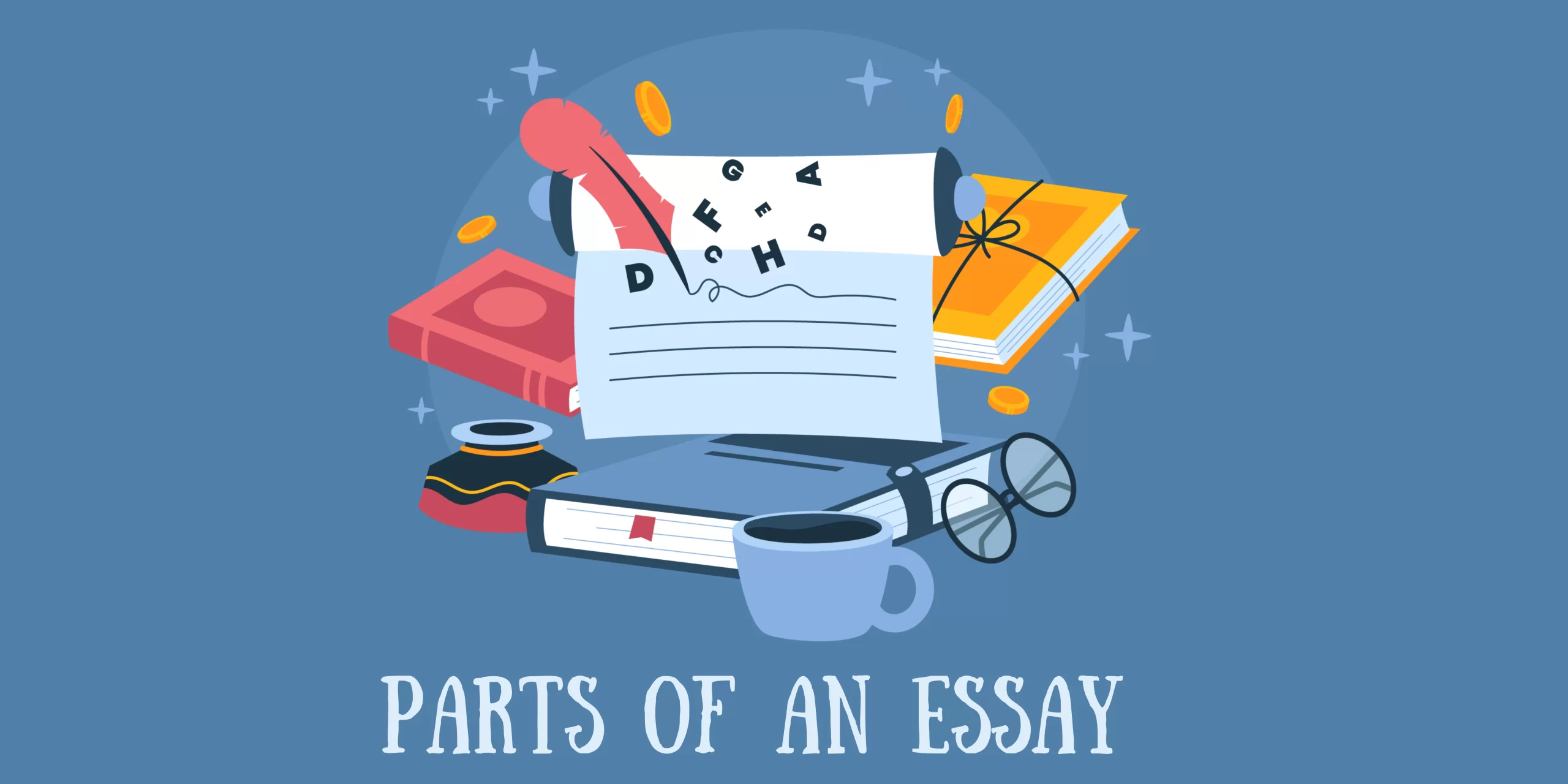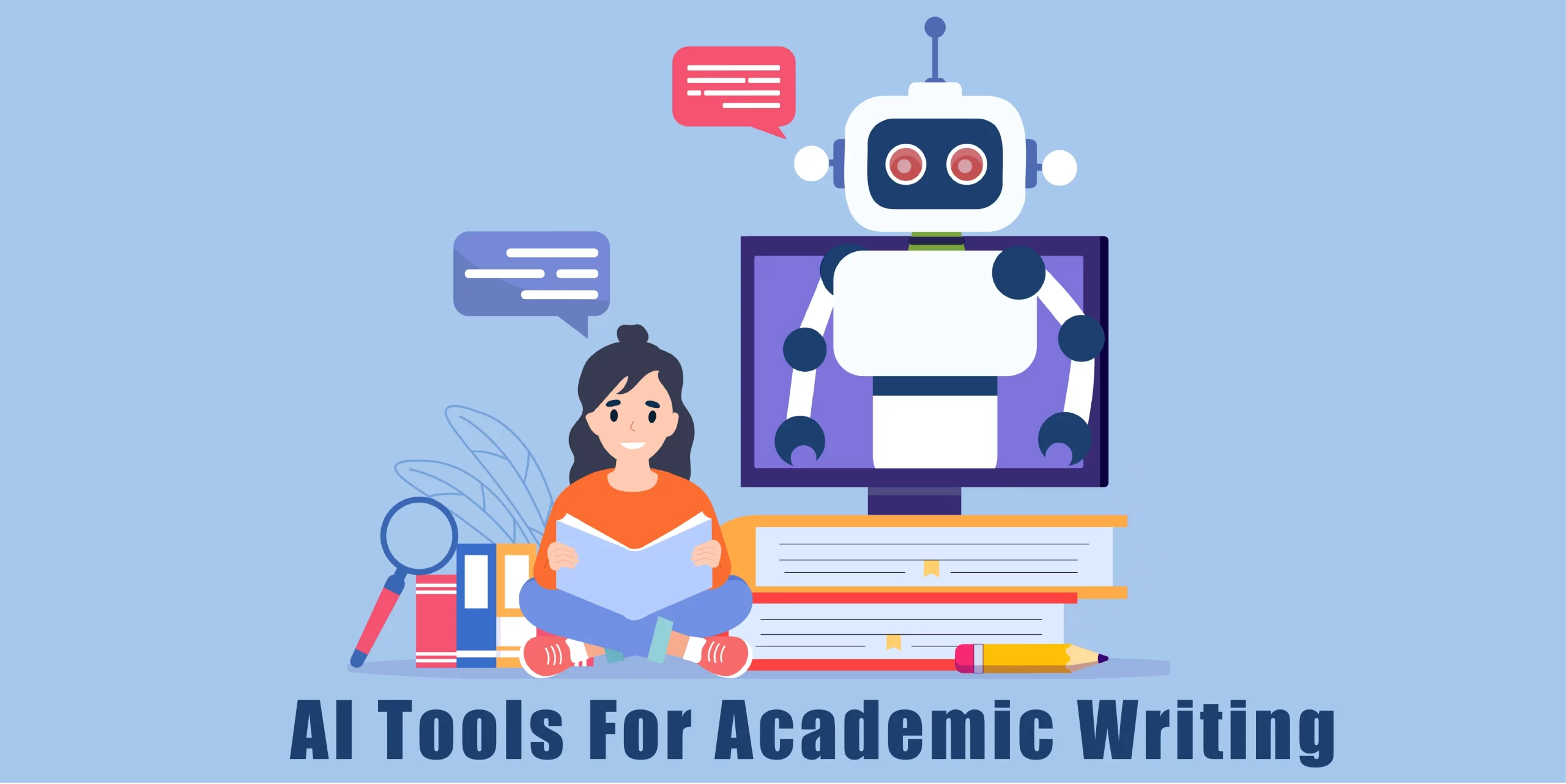Academic writing often requires students to follow strict guidelines for structuring essays. A well-organized essay does more than just present your ideas; it helps convey your argument clearly and persuasively. Whether you’re working on a 1500-word essay, a compare and contrast essay, or any other academic assignment, mastering the structure of an essay is essential.
In this guide, we’ll break down the essential parts of an essay and provide practical examples to help students develop their writing skills. Understanding these essay components will not only improve your grades but also make the process of writing an essay far less daunting.
What Are the Parts of an Essay?
Before delving into the specifics, it’s crucial to understand what are the parts of an essay. Every essay, regardless of the topic or type, follows a similar structural format. The five main components of an essay are:
- Introduction: Grabs the reader’s attention and sets the stage for your argument.
- Thesis Statement: Presents the central point or argument that will guide the essay.
- Body Paragraphs: Develop the thesis with supporting evidence, analysis, and logical reasoning.
- Transitions: Smoothly connect ideas and paragraphs for seamless reading.
- Conclusion: Summarizes the argument and leaves a lasting impression on the reader.
Let’s explore each part in greater depth to give you a solid foundation in crafting well-organized essays.
Introduction: The Starting Point of an Essay
The introduction is one of the most crucial parts of an essay. Its purpose is to set the tone for the entire essay and engage the reader from the outset. A strong introduction provides a roadmap for the essay, outlining the points you’ll make in the body paragraphs and leading to the thesis statement.
Key Elements of an Introduction:
- The Hook: This is the first sentence or two of your essay, designed to grab the reader’s attention. It could be an interesting fact, a quote, a question, or a statement that provokes thought. The hook is especially important because it determines whether the reader will want to continue reading. For example, starting with a question like, “How does technology shape education in the 21st century?” can immediately engage readers interested in the topic.
- Background Information: After you’ve caught the reader’s attention, it’s important to provide enough context for them to understand the topic. This can include a brief historical background, definitions of key terms, or a summary of the topic’s significance. Background information helps set up the argument without overwhelming the reader with too much detail. For example, if you’re writing about environmental regulations, you might explain what the current policies are and why they are being debated.
- Thesis Statement: The thesis statement is the most critical part of the introduction. It is typically placed at the end of the introduction and serves as the focal point of the entire essay. A good thesis should be clear, concise, and arguable. For example, “Stricter environmental regulations are necessary to protect our planet from irreversible climate change.” This gives the reader a clear sense of your position and what to expect in the following paragraphs.
Common Mistakes in Introductions:
- Being Too Vague: Avoid introducing the topic in a way that’s too broad or general. The introduction should be specific enough to give the reader a clear sense of the topic and argument.
- Overloading with Information: Don’t cram too many details or arguments into the introduction. Save detailed explanations for the body paragraphs.
Example of a Strong Introduction: In a compare and contrast essay about two political ideologies, you might start with a brief introduction to both, highlighting their importance in modern society. The hook could be a famous quote from a political leader, followed by some context, and ending with a thesis such as, “While both conservatism and liberalism aim to create stable societies, their approaches to government and individual rights differ significantly.”
By crafting a well-structured introduction, students can significantly improve the quality of their essays. If you’re struggling with writing introductions, you might want to consider using essay writing services to get professional assistance with this key component.
Thesis Statement: The Core of Your Argument
A thesis statement is often described as the backbone of the essay. It is a clear, concise statement that presents the main point or argument of the essay. Everything that follows in the body paragraphs should support or relate to this statement.
Characteristics of a Strong Thesis Statement:
- Specific: A strong thesis clearly addresses a specific issue or topic. For example, rather than saying, “Pollution is bad,” a more specific thesis would be, “Stricter regulations on industrial pollution are necessary to reduce environmental damage and public health risks.”
- Arguable: The thesis should not be a statement of fact but something that can be debated. If everyone agrees with your thesis, there’s no reason to write about it. Your argument should have room for opposition.
- Clear and Concise: Avoid using complex language or jargon in your thesis statement. It should be easy to understand and directly related to the topic.
Types of Thesis Statements:
- Analytical Thesis: Breaks down an issue or idea into its component parts, evaluates the topic, and presents the analysis to the reader. Example: “The rise of social media has transformed modern communication by increasing connectivity but also by creating challenges in privacy and mental health.”
- Expository Thesis: Explains something to the reader. Example: “The three major elements of a successful career in business are effective communication, industry knowledge, and leadership skills.”
- Argumentative Thesis: Makes a claim about a topic and justifies the claim with specific evidence. Example: “Schools should adopt hybrid learning models to improve accessibility for students while maintaining academic standards.”
Each type of thesis serves a different purpose, depending on the type of essay you’re writing. Essay writing services can assist in formulating a strong thesis that is aligned with the essay type and objective.
Body Paragraphs: The Core of Your Essay
The body paragraphs of your essay are where the bulk of your argument takes place. This section should be highly organized, with each paragraph focused on one key idea or point that supports your thesis statement. The body is where you demonstrate your understanding of the topic, backed by research, data, and analysis.
Structure of a Body Paragraph:
- Topic Sentence: Each paragraph should begin with a topic sentence that clearly states the main idea of the paragraph. The topic sentence acts as a mini-thesis for that paragraph and should relate directly to the overall thesis statement.
- Supporting Evidence: After introducing the main idea, you need to back it up with evidence. This could be facts, statistics, quotes, or examples. For instance, if you’re writing about climate change, you might include data from a recent scientific study to support your argument.
- Analysis: Providing evidence isn’t enough—you must also explain why the evidence supports your thesis. This is where your analysis comes in. You’ll need to interpret the evidence and show how it connects to your argument. For example, if you cite a study on the harmful effects of pollution, you should explain how this supports the need for stricter environmental regulations.
- Concluding Sentence: Each body paragraph should end with a concluding sentence that wraps up the main point and transitions smoothly to the next paragraph.
Examples of Body Paragraphs:
Let’s say you’re writing an argumentative essay about the benefits of online education. One body paragraph could focus on accessibility, starting with a topic sentence like, “Online education increases accessibility for students who may not have the ability to attend in-person classes.” You would then provide evidence, such as statistics on the growing number of students enrolled in online courses, followed by an analysis of why this trend benefits society as a whole.
Common Pitfalls in Body Paragraphs:
- Overloading with Information: Each paragraph should focus on one main idea. Trying to address too many points in one paragraph can confuse the reader.
- Weak Transitions: Poor transitions between paragraphs can make the essay feel disjointed. Be sure to use transition words and phrases to guide the reader from one point to the next.
Body paragraphs are the most detailed section of the essay, and it’s easy to get lost in the details. Homework help services can provide guidance on how to structure your paragraphs effectively and ensure that they flow logically from one to the next.
Transitions: Connecting Ideas for Flow
Transitions are essential for creating flow in your essay. Without them, your essay can feel choppy or disorganized. Transitions act as bridges between your ideas, helping the reader follow your argument from one point to the next.
Types of Transitions:
- Within Paragraph Transitions: These are words or phrases that link ideas within a single paragraph. Examples include “for example,” “furthermore,” “in contrast,” and “as a result.”
- Between Paragraph Transitions: These transitions link one paragraph to the next. They often appear at the end of a paragraph or at the beginning of a new one. Phrases like “on the other hand,” “similarly,” and “in addition” can help create smooth transitions between ideas.
How to Use Transitions Effectively:
- Link Ideas: Use transitions to show the relationship between ideas. For example, if one paragraph presents a counterargument, you can use a transition like, “While some may argue that online education lacks face-to-face interaction, the benefits of accessibility outweigh this concern.”
- Create Flow: Transitions help create a logical progression from one paragraph to the next. Without them, your essay can feel like a series of disconnected points.
Effective use of transitions is one of the hallmarks of strong writing. If you find it challenging to create flow in your essay, essay writing services can help refine your transitions, ensuring your ideas are connected smoothly.
Conclusion: The Final Word
The conclusion is your last opportunity to leave an impression on the reader. A well-crafted conclusion does more than simply restate the thesis; it provides closure to the argument and leaves the reader with something to think about.
Key Elements of a Conclusion:
- Restating the Thesis: Begin by restating your thesis in a new way. This reminds the reader of your main argument without repeating it verbatim.
- Summarizing Key Points: Briefly summarize the main points made in the body paragraphs, highlighting how they support your thesis.
- Final Thought: End with a thought-provoking statement, question, or call to action. This could be a recommendation for further study, a reflection on the implications of your argument, or a question that encourages the reader to think more deeply about the topic.
Example of a Strong Conclusion:
For an essay on environmental regulations, you might restate the thesis by saying, “In conclusion, while stricter environmental regulations may seem burdensome to some, they are essential for preserving the health of our planet and its inhabitants.” Then, you could summarize your points and end with a final thought like, “As citizens, we must advocate for policies that prioritize long-term sustainability over short-term economic gains.”
5 Parts of an Essay in Action: Example
Let’s take a look at how the 5 parts of an essay—introduction, thesis, body paragraphs, transitions, and conclusion—work together in a practical example.
Topic: The Impact of Social Media on Mental Health
- Introduction: Start with a hook, such as a surprising statistic about social media usage. Provide background on the rise of social media and introduce the thesis: “While social media can foster connectivity, it has also been linked to negative effects on mental health, particularly among young people.”
- Thesis: Social media use, especially excessive use, contributes to anxiety, depression, and feelings of isolation in teenagers.
- Body Paragraphs: One paragraph could focus on studies linking social media to anxiety, another on the role of comparison culture in depression, and a third on the isolating effects of online interactions.
- Transitions: Use phrases like “furthermore,” “in contrast,” and “as a result” to connect your ideas.
- Conclusion: Restate the thesis, summarize the main points, and end with a final thought, such as, “Addressing the mental health issues impacts of social media requires a collective effort from both individuals and society at large.”
By applying this structure, you can see how each part contributes to building a cohesive and persuasive argument. If you’re unsure how to structure your essay, our homework help services can guide you through the process.
Common Pitfalls to Avoid in Essay Writing
Even the best writers can fall into certain traps when crafting an essay. Here are some common mistakes to avoid:
- Disorganization: Failing to structure your essay properly can lead to confusion. Make sure your ideas are presented in a logical order, with clear transitions between paragraphs.
- Weak Thesis Statements: A vague or overly broad thesis can weaken your argument. Make sure your thesis is specific, arguable, and directly related to the essay question.
- Lack of Transitions: Without transitions, your essay can feel disjointed and hard to follow. Use transition words and phrases to create a smooth flow between ideas.
- Wordiness: Be concise. Avoid using too many words to say what could be communicated more simply. At the same time, make sure you’re not leaving out important details or evidence.
By avoiding these pitfalls, you can significantly improve the quality of your essays. If you need help identifying and fixing these issues in your writing, our essay writing services are here to assist.
Conclusion: Why Mastering Essay Structure Matters
Mastering the structure of an essay is key to writing successful academic papers. Whether you’re working on a simple essay or tackling a complex research paper, understanding the parts of an essay—from introduction to conclusion—will help you communicate your ideas more effectively.
By learning how to structure your essays properly, you’ll not only improve your grades but also make the writing process less stressful. If you find yourself struggling with any part of essay writing, essay writing services and homework help from Quick Edu Help are available to provide guidance and support.










